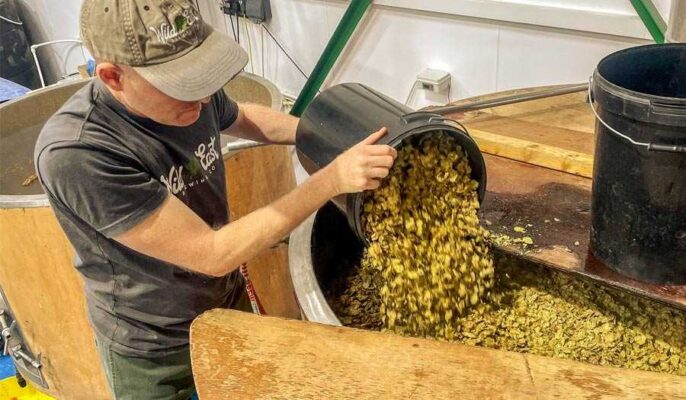Distillers grains are a major source of brewing waste. After most of the sugar, protein and nutrients have been extracted from the mash, spent grains, leftover malt and adjuncts can make up 85% of a brewery’s total by-products. Craft breweries across the country have come up with innovative ways to keep used grain from going to waste.
What are distiller’s grains?
Brewers use grains such as malt and barley to brew beer. Spent grain, which makes up 85 percent of the brewing industry’s waste, is the crushed starch left over after the grains used to make beer are soaked in water to extract sugars and flavors. The liquid continues to turn into beer, leaving behind plenty of grain.
Rather than treating them as waste, breweries have recognized the potential value of these grains and have developed ways to incorporate them into the brewing process.
Use of distiller’s grains in breweries
livestock feed
One of the most common applications of distiller grains is animal feed. Breweries often partner with local farmers and ranchers to provide them with this nutrient-dense by-product. Distillers grains are an excellent feed supplement for livestock due to their high protein content. Additionally, these grains help improve animal health, increase body weight, and reduce feed costs.
Brewing from distiller’s grains
Also to being used as animal feed, breweries have found creative ways to incorporate distiller grains into the brewing process. These grains can be added to the mash during beer production, replacing some of the traditional barley malts. By doing this, breweries can impart unique flavors and textures to their beers, creating unique and innovative beers. Residual sugar in distiller grains can also lead to higher alcohol levels in the final product.

Environmental benefits
By reusing this by-product, the brewery reduces waste and minimizes its environmental impact. Grain is diverted from landfill, reducing methane emissions and waste management costs.
Collaboration and Community Building
The integration of lees into the brewing process fosters collaboration and community building between the brewery, distillery, and the local area. By creating a symbiotic relationship, the brewery supports local agriculture and contributes to the growth of the regional economy. This collaborative approach not only enhances the sustainability of the winemaking industry but also strengthens bonds within the community.
In conclusion
Many food and beverage manufacturing companies have been trying to tackle the food waste problem by coming up with creative solutions. The wine industry is no exception. Whether used as animal feed or used in the brewing process, distillers grains have become an important part of breweries’ commitment to sustainability and innovation.




